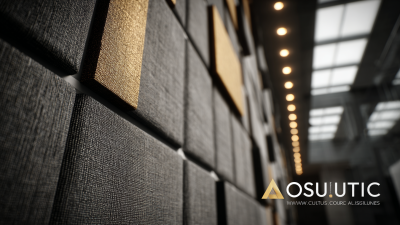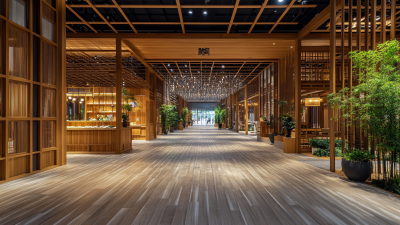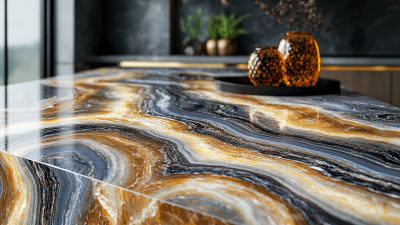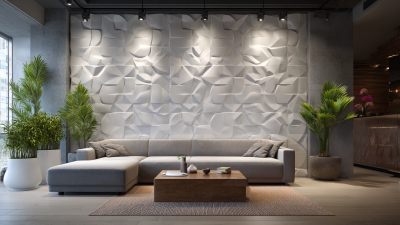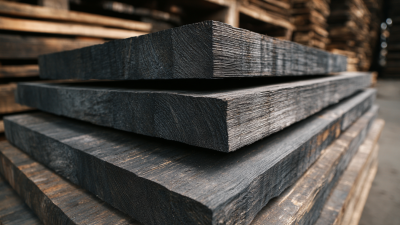Shandong Xiangying New Materials Technology Co., Ltd.
Shandong Xiangying New Materials Technology Co., Ltd.
When designing a space, whether it's an office, studio, or home theater, one critical element that often gets overlooked is sound management. Acoustic Wall Panels play a vital role in enhancing the auditory experience by absorbing sound, reducing echo, and improving overall acoustics. However, with a plethora of options available, selecting the right type for your specific needs can be daunting. This ultimate guide seeks to simplify that process by comparing different types of acoustic wall panels, exploring their materials, designs, and applications. From fabric-wrapped panels to innovative soundproofing solutions, this resource will provide insights to help you make informed decisions, ensuring your environment sounds as good as it looks. Join us as we delve into the world of acoustic wall panels and discover the best fit for your space.
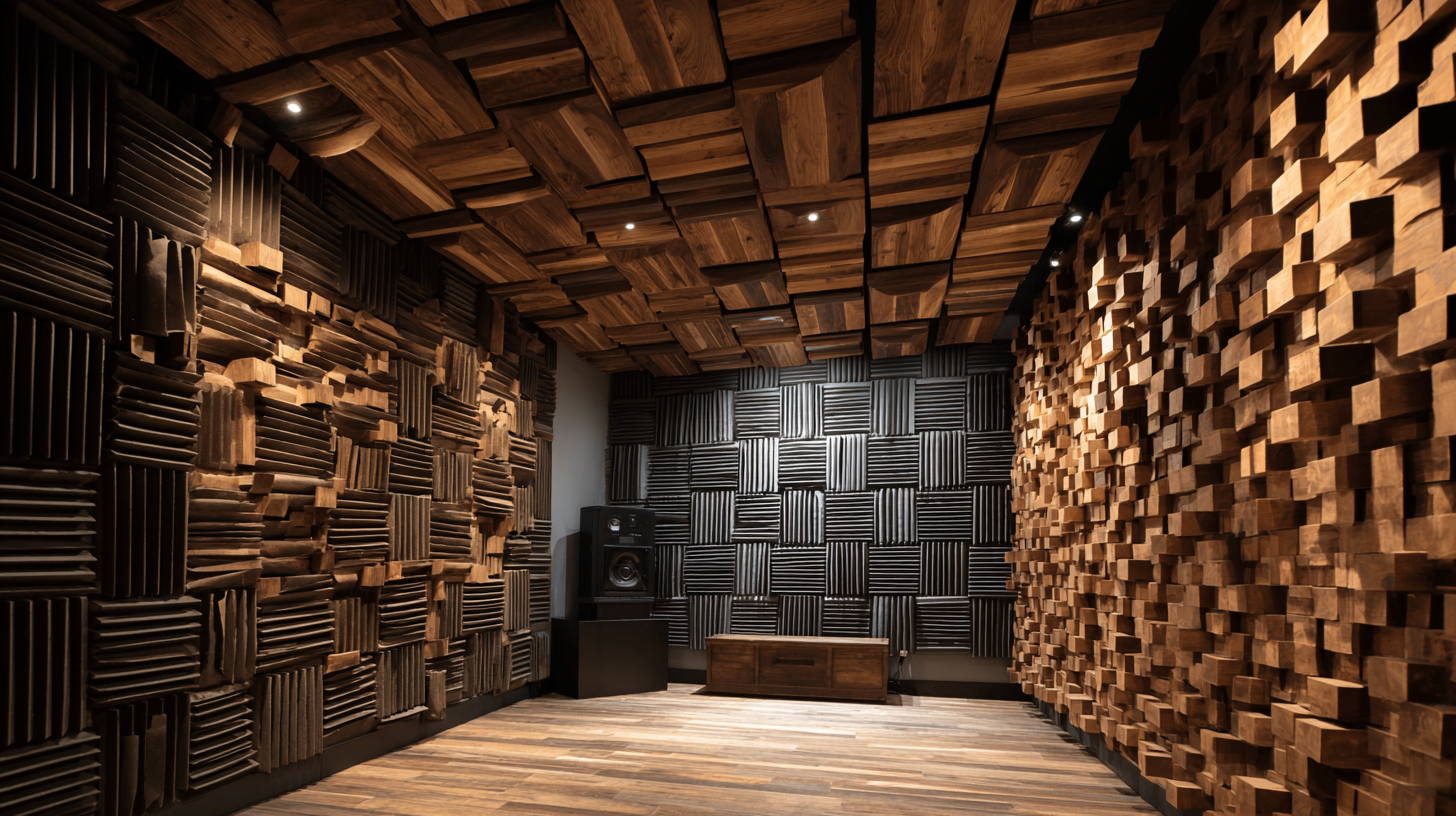
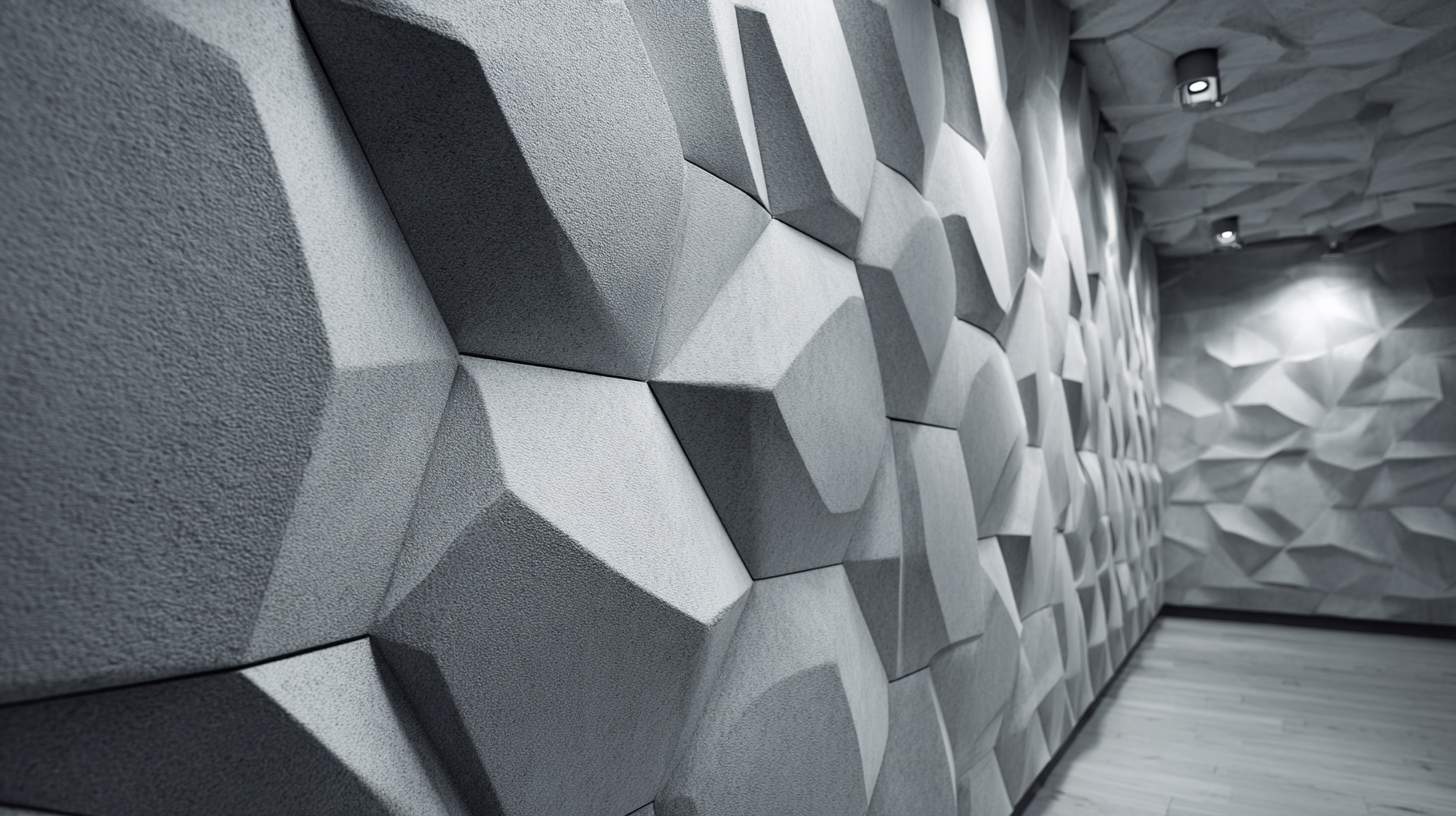 When it comes to enhancing the acoustics of a space, understanding the different types of acoustic wall panels is crucial. Foam panels, often the most recognized option, are lightweight and effective in reducing mid to high-frequency sounds. Their porous structure allows them to absorb sound waves, making them ideal for studios or home theaters where clear sound is essential. Available in various shapes and colors, foam panels are not only functional but also offer a degree of aesthetic flexibility.
When it comes to enhancing the acoustics of a space, understanding the different types of acoustic wall panels is crucial. Foam panels, often the most recognized option, are lightweight and effective in reducing mid to high-frequency sounds. Their porous structure allows them to absorb sound waves, making them ideal for studios or home theaters where clear sound is essential. Available in various shapes and colors, foam panels are not only functional but also offer a degree of aesthetic flexibility.
On the other hand, fabric-covered panels provide a more refined look while maintaining good sound absorption properties. These panels consist of a sound-absorbing core wrapped in fabric, making them suitable for offices or public spaces that require both sound management and visual appeal. For a touch of elegance and durability, wood panels can be an excellent choice. They enhance the acoustic qualities while adding warmth to the decor, making them perfect for conference rooms or upscale venues. Each type of acoustic wall panel brings its unique benefits, allowing you to tailor your space's acoustics according to its specific needs.
When looking to enhance the acoustics of your space, understanding the Noise Reduction Coefficient (NRC) ratings of acoustic wall panels is essential. NRC is a measure that indicates how much sound a particular material can absorb, with ratings ranging from 0 to 1. A panel with an NRC of 0.5 absorbs 50% of the sound that hits it, making it a crucial factor in noise management. High NRC ratings are ideal for environments where sound control is vital, such as recording studios, conference rooms, and home theaters.
When comparing different types of acoustic wall panels, consider the material composition, thickness, and density, as these factors influence their NRC performance. For instance, porous materials like fabric-wrapped fiberglass or foam often provide higher absorption capabilities than denser materials like wood or metal. Additionally, the placement of these panels plays a significant role; integrating them strategically around elements like windows, doors, and corners can enhance their effectiveness in reducing unwanted noise. By focusing on NRC ratings and material properties, you can make an informed decision that caters to the specific acoustic needs of your space.
When it comes to acoustic wall panels, understanding the various installation methods is crucial for maximizing their effectiveness in sound absorption. The three most common installation methods—direct mount, suspended, and modular systems—each offer unique benefits and considerations.
Direct mount panels are affixed straight to the wall, providing a seamless look. This method is particularly useful for smaller spaces where every inch counts. Direct mounts usually require adhesive or screws, making installation straightforward. However, this approach can limit future flexibility, as moving or replacing panels can be more challenging.
On the other hand, suspended systems offer versatility and ease of maintenance. These panels hang from the ceiling, creating a floating effect that can enhance both aesthetics and acoustic performance. Suspended panels are ideal in spaces with higher ceilings or where additional sound absorption is necessary.
Finally, modular systems combine the best of both worlds, allowing for easy rearrangement without permanent fixtures. This method is perfect for dynamic environments like offices or studios, where acoustics may need frequent adjustments depending on activities and layout changes.
When considering acoustic wall panels for your space, budgeting is key. The cost of acoustic panels can vary significantly based on the materials used and the type of panels you choose. For instance, foam panels are often the most affordable option, typically ranging from $10 to $30 per panel. They provide decent sound absorption but may not be suitable for high-end aesthetics or durability. On the other hand, wooden or fabric-wrapped panels can enhance both sound quality and the overall look of your space, with prices ranging from $50 to $150 per panel.
Additionally, the installation method can affect your total budget. DIY installations can save you money, especially with simpler panel types like foam, while professional installation for custom wooden panels can escalate costs. It’s important to factor in potential hidden costs such as shipping fees, hardware, and even soundproofing treatments for your walls.
Ultimately, a careful analysis of the different acoustic panel types and their associated costs will help you make an informed decision that meets both your acoustic needs and financial constraints.
When choosing acoustic wall panels, it's essential to consider the design aesthetics of your space. Matching the panels to your interior style not only enhances the visual appeal but also ensures that they serve their purpose effectively. For modern minimalist interiors, sleek and unobtrusive panels in neutral tones can seamlessly blend with the overall design. On the other hand, if your space embraces a more vibrant aesthetic, bold-colored panels or unique shapes can act as artistic statements while providing sound absorption.

Here are some tips for selecting the right acoustic panels for your interior. First, consider the color palette of your space. Opt for panels that either complement or contrast the dominant colors to create a cohesive look. Second, think about the texture. Fabric-covered panels can add warmth to a room, while wooden acoustic panels can incorporate an element of natural beauty, catering to a more rustic or industrial vibe. Lastly, evaluate the functionality—whether it's a conference room requiring sleek professionalism or a cozy café needing a lively atmosphere, your panel choice should reflect the intended use of the space.
